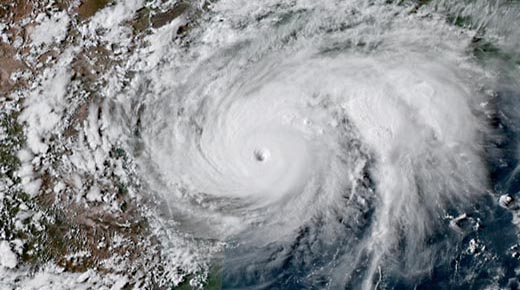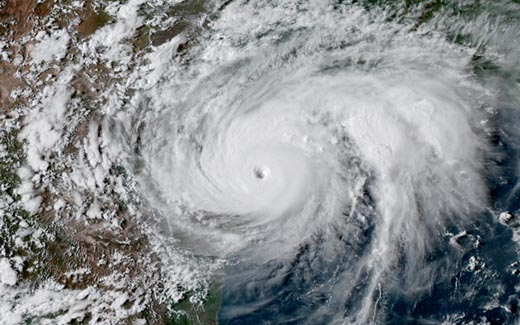The Atlantic hurricane season is now upon us, and the National Oceanic and Atmospheric Administration (NOAA) has just released its 2018 seasonal hurricane outlook which calls for a slightly above average season. The potential range of activity indicates that we could expect 10 to 16 named storms, with five to nine becoming hurricanes and one to four becoming major hurricanes.
|
ADVERTISEMENT |
But remember, it only takes one bad storm to wreak havoc, or in the case of the 2017 hurricane season, three.
Wait a minute. Why are you reading about hurricanes and NOAA in a NIST blog post? Let’s back up for a moment and start at the beginning.
|
Hurricane Harvey, seen here from the NOAA GOES-16 satellite on Aug. 25, 2017, was the first Category 4 hurricane to make landfall along the Texas Coast since Carla in 1961. An average Atlantic hurricane season produces 12 named tropical storms, six of which become hurricanes, and two of which become major hurricanes. Credit: NOAA |
…


Add new comment